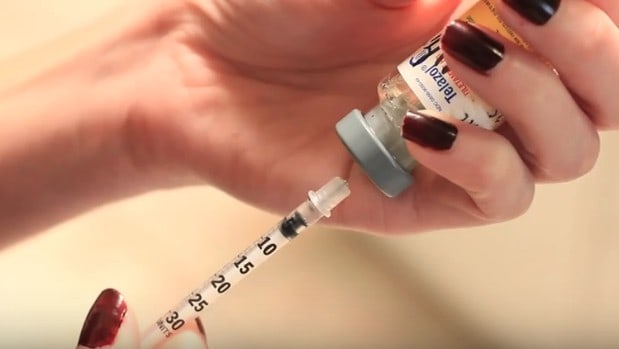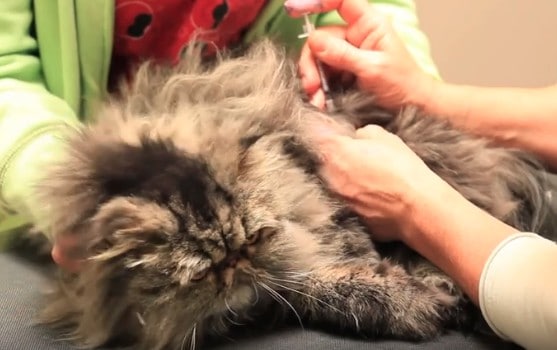We take great care at Care Animal Hospital to provide Temecula’s safest anesthesia process for dogs and cats. However, it’s important to first evaluate certain risks and precautions.
Why does my pet need anesthesia?
For several different procedures in pets, anesthesia is used to curb the animal’s nerve and sensory response. It numbs any part of the body, putting your beloved pet into an unconscious state. While in this condition, your pet is unable to feel any pain or movement that is needed in certain operations.

Surgery, dentistry, spaying or neutering are just a few examples of common procedures that require administering anesthesia to your pet. While it may pose some risks, 99.85% survival rate from sedation and anesthesia has been observed.
The science of anesthesia has advanced tremendously over the decades. Because of the modern advances in anesthesia, a complete recovery from the procedure is expected.
What are the types of anesthesia?
There are different types of pet anesthesia that Care Animal Hospital provides.
- General Anesthesia – pet is made completely unconscious by injection or inhalation:
- Sedative Anesthesia -the administration of short acting agent to accomplish procedures.
- Local Anesthesia – desensitizes only a localized area of the pet’s body and is applied directly through an injection of local anesthetic.
- Topical Anesthesia – the application to the skin desensitizing the local area.
When is anesthesia used?
Here at Care Animal Hospital, we use either of the four types of anesthesia for the following procedures.
- Surgery
- Dental cleanings & oral surgery
- Full body x-rays
- Biopsies
- Cleaning or dressing of wounds
- Placement of splint or cast for broken legs or severe strains
- Examination of a painful injury
- Removal of growth on skin
- Spaying or neutering
How risky is administering anesthesia?
Generally speaking, the administration of anesthesia in pets have a very high survival rate and only rarely cause problems for the patient.
Approximately only one out of 1,000 healthy cats and one in 2,000 healthy dogs die from anesthesia.
As a pet parent, it’s important to take necessary precautions that your veterinarian advises. Withhold food or water from your pet when required by the veterinarian to prevent any complications that may occur from choosing not to fast your pet.
How long will it take my pet to recover?
Your pet will be fully recovered or almost normal by the time he/she is discharged from the hospital.

However, for the first 12-24 hours after receiving an anesthetic, your pet may feel inactive or lethargic. Know that this is completely normal and that you can expect your pet to be back in good shape in no time.
Because of the improvements and advancements to this technology, the effects of most anesthetics are easily undone if needed. This ensures that your pet won’t have to deal with some anesthetic medications for long.
Is my pet too old for anesthesia?
No pet is too old for anesthesia.
While some pet parents hold back on giving their senior pets the treatment they need because of anesthesia, veterinarians also argue that “age is not a disease,” and that there is no one size fits all when it comes to providing medication for pets.
Since the effect of anesthesia has a very low mortality rate, it’s efficiency shouldn’t be affected by the number of years your pet has lived.
To learn more about how Care Animal Hospital uses anesthesia, and which procedures we recommend it for, contact us today at 951-676-4690.
